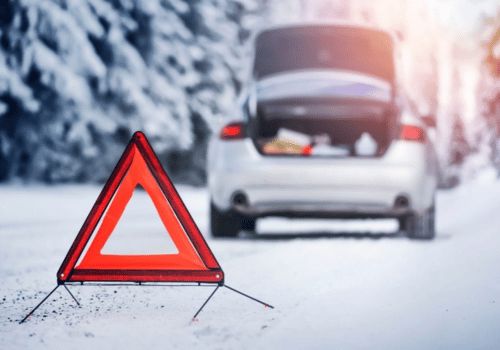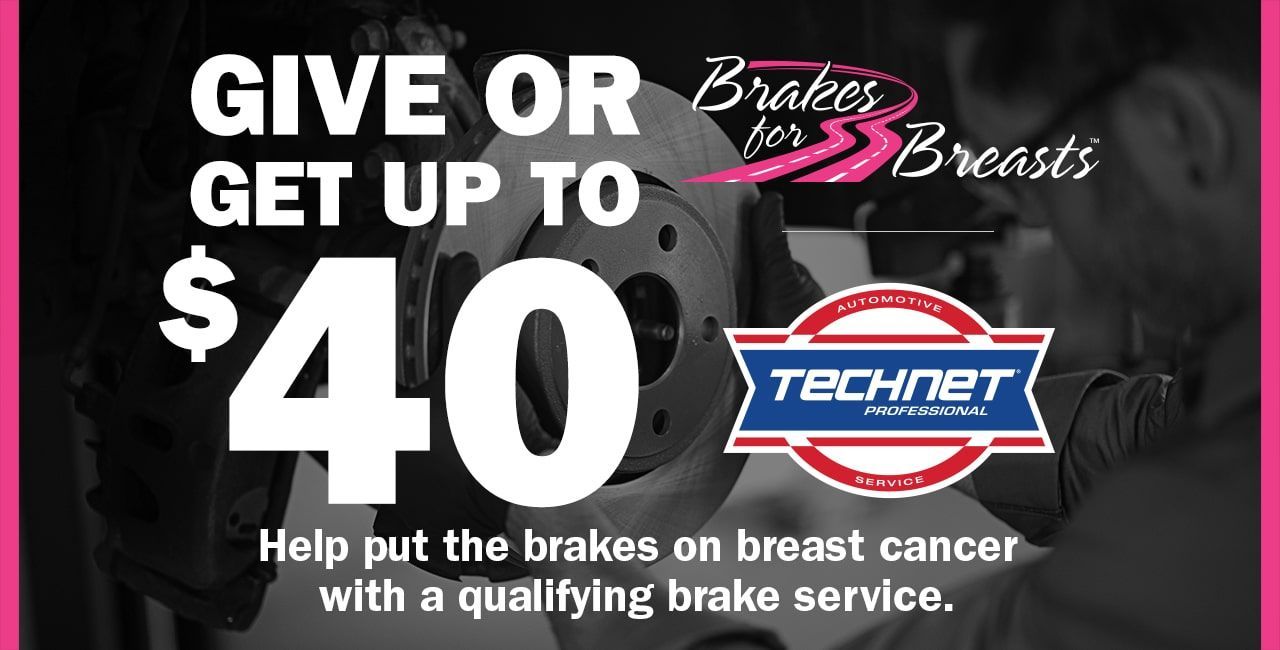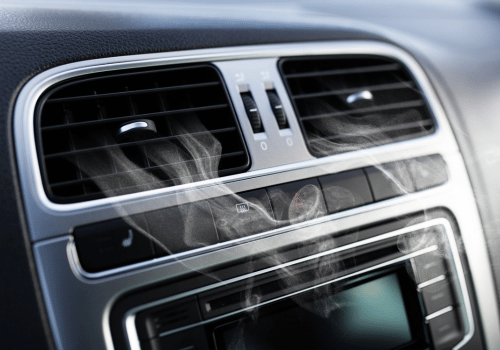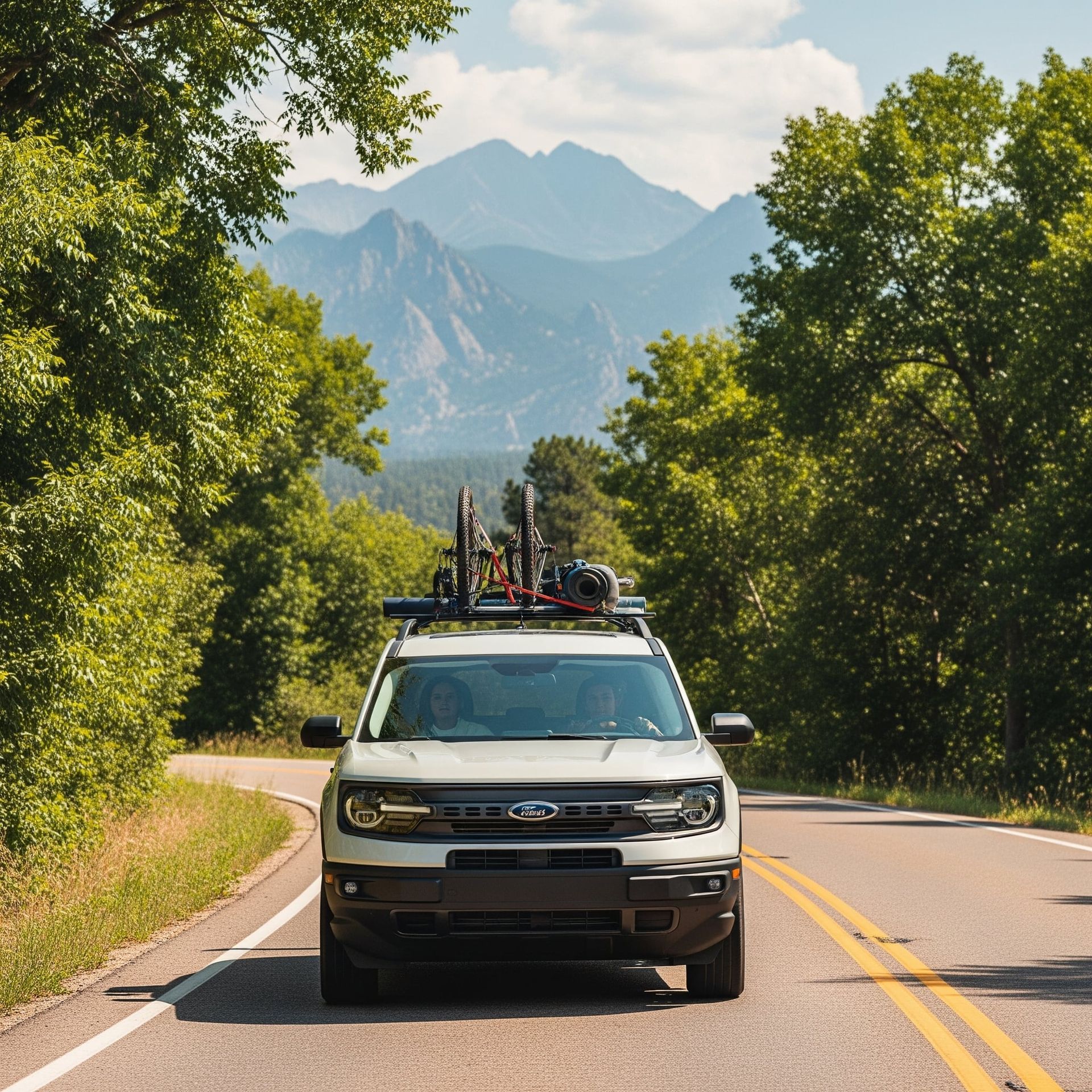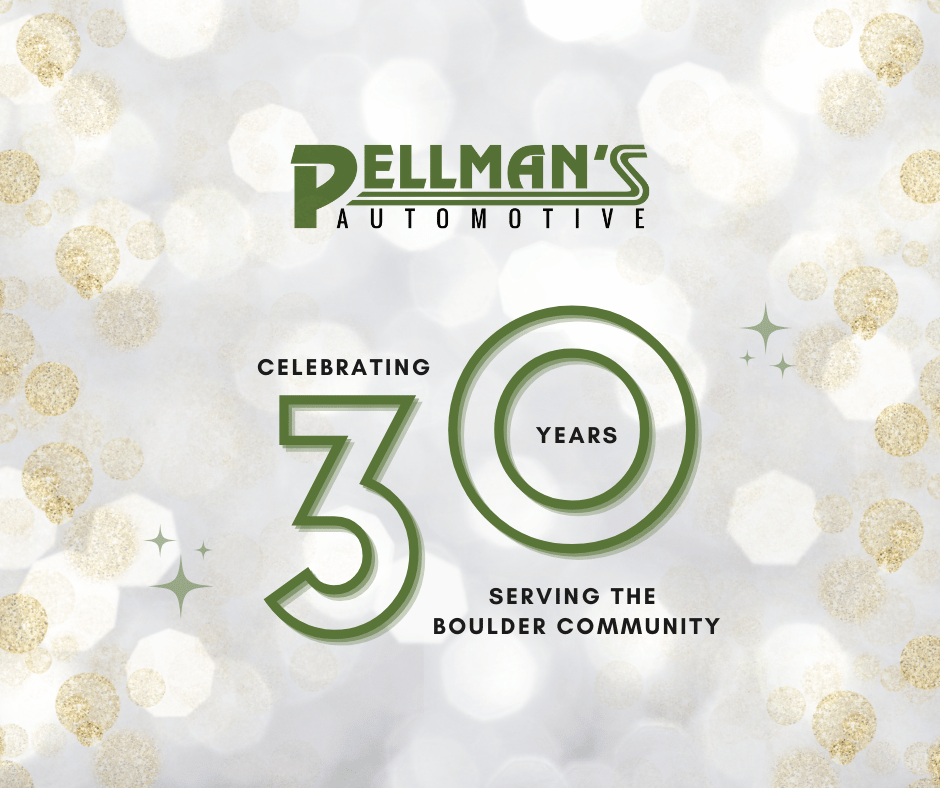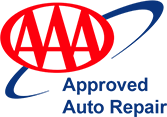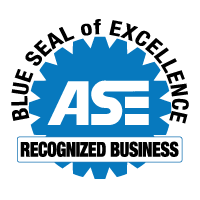How to Check Your Tire Pressure
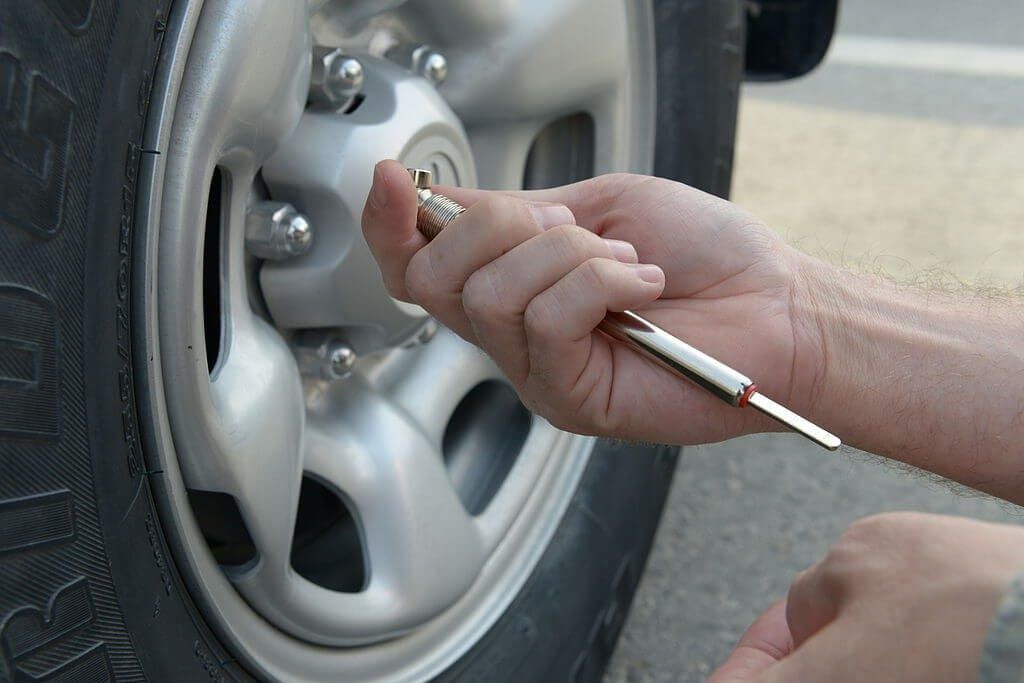
The number one thing you can do to extend the life of your tires (including your spare) is keep them inflated at the psi recommended by your car manufacturer.
- Check the tire pressure when your tires are cold (not been driven) and ideally in the cool of the day (morning.) It only takes a mile of driving for your tires to warm up. If you have been driving, allow your tires about half an hour to cool down. If you need to fill your tires while they are warm, add an extra 3psi to the recommended optimum tire pressure for your car.
- Find the recommended tire pressure for your car. This can usually be found:
- On the inside of the driver side door jam or
- Inside the glove box or
- Inside the fuel door
- And also in your car manual
Important! The recommended tire pressure is not the same as the maximum tire pressure, which is found on the sidewall of your tire. If you fill to maximum psi you are overinflating your tires resulting in reduced handling and more tire wear.
- Take the caps off the pressure nozzles on your tires. Put them in a safe place.
- Using your tire gauge, measure the pressure of each tire. Place the nozzle squarely onto the valve stem of the tire. If you hear air leaking the nozzle is not fit squarely over the valve stem. Sometimes you have to play with the gauge to figure out the best angle to get an accurate reading. If you find your tires need more air go on to the next step. Do not forget to check your spare.
FILLING YOUR TIRES
You have several choices for filling your tires; find a gas station that has an air compressor, buy one that you can use at home or have someone do it for you. We have an air hose outside our office and our customers are welcome to use it for free. The compressors at many gas stations are time operated and you have to pay to use them – about $1.00. (We also find that if you ask they frequently turn on the machine for free.) In any event, it is best to take the pressure reading on your tires before you activate the machine.
- Fit the air compressor nozzle firmly onto the tire valve. If you hear leaking air you do not have a firm connection and air is not going into your tire. Readjust the angle and try again. You should feel the air flowing through the tube and hear it filling the tire.
- Unless the tire is extremely low it should only take a few seconds to fill. Check the pressure using your gauge. If you overfill, place the tire pressure gauge on the valve and press lightly to allow air to escape. Remember, overfilled tires also reduce driving performance and fuel economy.
- Put the valve caps back on the valve stems.




